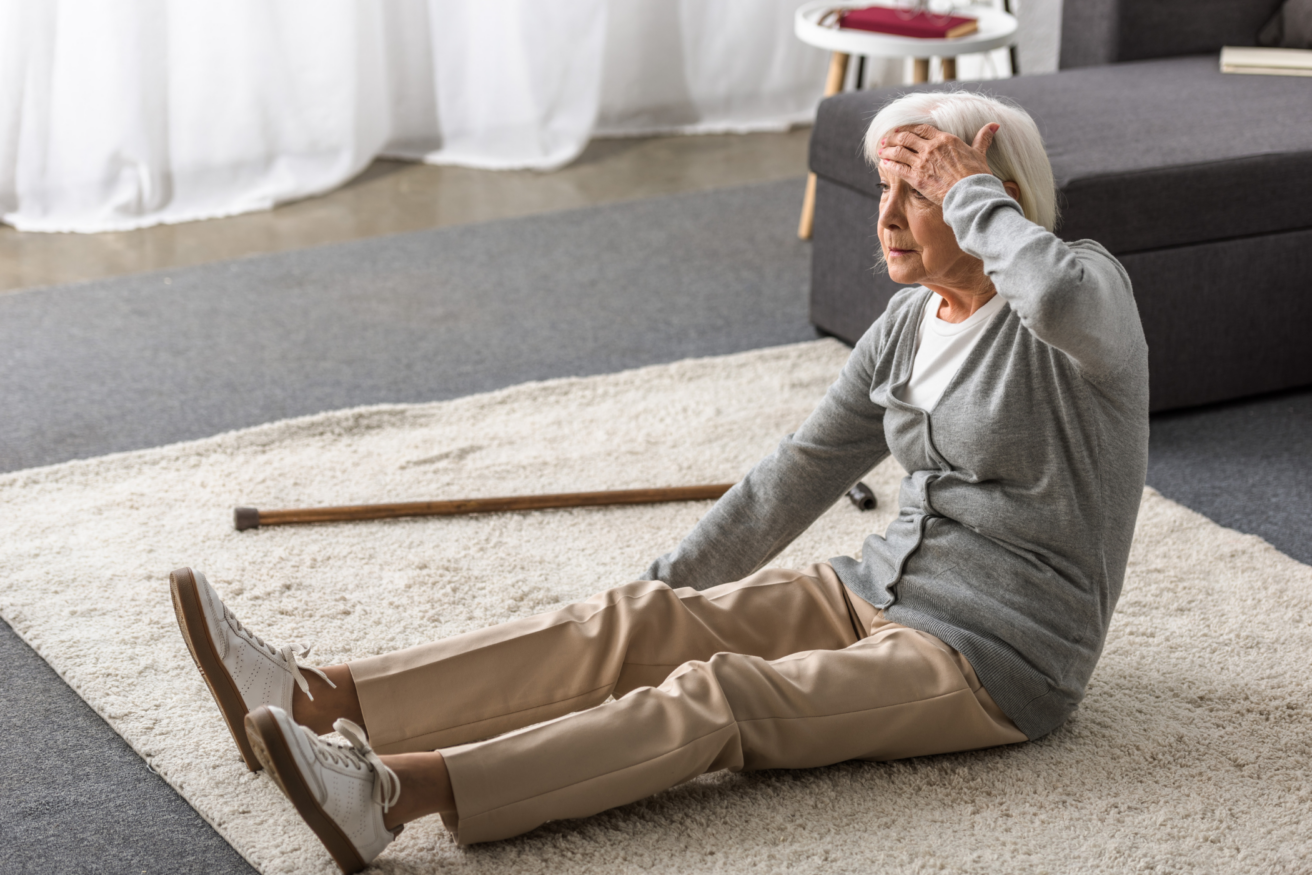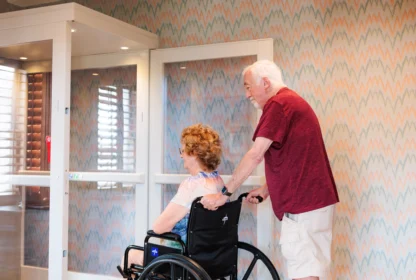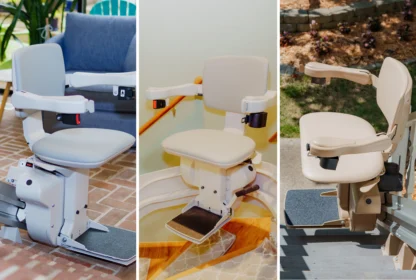
Because falls are one of the leading causes of injuries among aging adults, we thought we would pass along these Tips for Preventing Injuries from the American Association of Neurological Surgeons (AANS). We hope they will help you to stay safe.
AANS Injury Prevention Tips for Inside the Home
- Buy bath mats and rugs with slip-resistant backing and secure them.
- Do not walk on slippery, freshly washed floors and avoid floor waxes.
- Install grab bars and handrails if you are frail or elderly.
- Improve the lighting in your home; dim lighting can increase the risk of falls.
- Install night lights in halls and bathrooms, and keep a flashlight near your bed.
- Store products in easy-to-reach places; use stepstools/ladders only when absolutely necessary.
- Wear proper shoes with slip-resistant soles.
- Secure loose electrical cords and put away any items that are lying around.
- Do not use recalled products – discard or take them back to the store.
- Keep chairs and other furniture away from windows.
- Use safety gates and install window guards.
AANS Injury Prevention Tips for Outside the Home
- Install outdoor handrails if elderly or frail.
- Inspect and remove debris and ice from walkways, driveways, porches, and yards.
- Inspect and remove debris from lawns before mowing or gardening.
- Store outdoor equipment and tools properly.
- Make sure that ladders are stable and secure before using them.
- Do not use broken equipment or tools.
- Do not let children engage in activities inappropriate for their age.
- Supervise younger children at all times.
- Never drive while under the influence of drugs or alcohol or ride as a passenger with anybody else who is under the influence.
As a side note to these outside tips, if you are unstable on your feet please consider asking for help or hiring out your lawn care and outdoor home maintenance projects for your safety.


